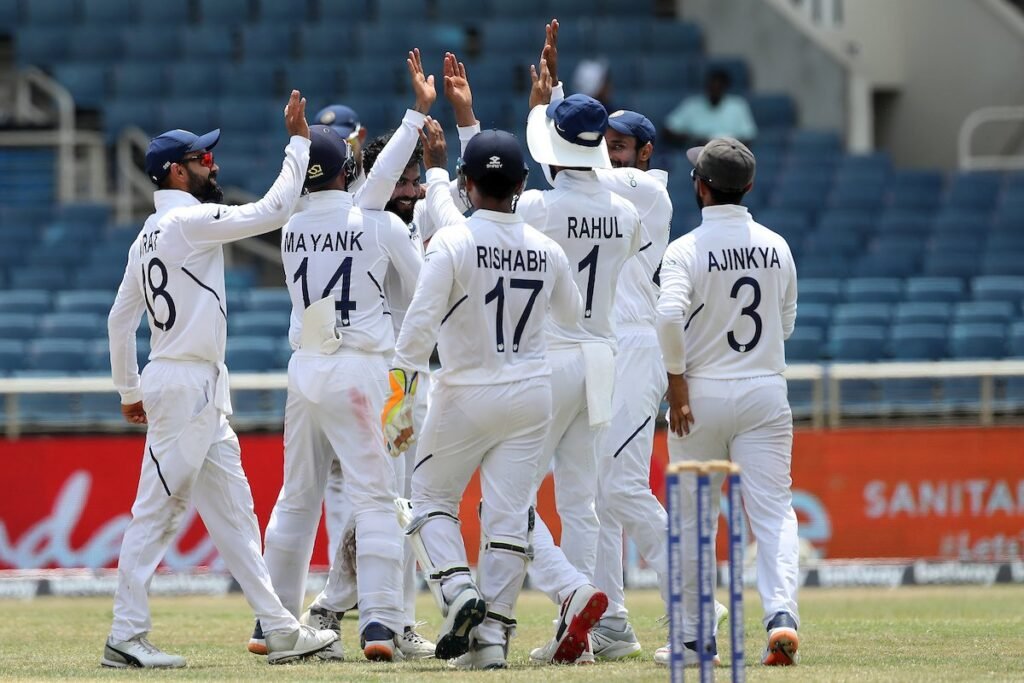A Gentleman’s game which in the golden era, was played for above 100 overs a day with a minimum of eight legal deliveries, gradually evolved with a new set of rules and regulations. Over time, this bat and ball game has become the greatest game of all. And, it is played professionally across the world. Being England’s national game, cricket has acquired its place at the international level, having cricket rules in all formats.

Novel Formats of Cricket
Declaration cricket, single wicket, and double cricket were the traditional version of cricket having original rules. Gradually, depending upon the availability of time, level of formality, and the standard of play, cricket has established different new formats. There are three formats of cricket. They are well recognized and are played at domestic and international levels – Test Cricket, One Day Internationals, and Twenty 20 International. Apart from these three forms, there are a few experimental formats such as T10 Cricket and 3 TeamCricket (3TC). International Cricket Council (ICC) provides match officials, has approved the rules and regulations of cricket matches.
Test Cricket
Test Cricket is being played since 1877 and is considered the most traditional form with new settled rules. To excel in this highest level format the team requires both physical and mental strength. Due to the length of the innings. A Test match is played for five days having two innings on each side with no rest day.
This format of cricket is played under natural light. But, if the full day’s play is not complete, the lights are used.
There are three sessions of 30 overs each in a standard day of a test match with a lunch and tea break of 40 & 20 minutes respectively. The players are required to wear white t-shirts and trousers for the innings. A red ball is used to play the innings and after every 80 overs, a new ball is made available. Even the field restrictions are quite different from the other cricket formats.
The minimum number of overs to be played for each team is revised in case of any interruption occurs in the match.
Each team has to bat twice. If Team A bats first followed by Team B, the order of batting will remain the same for the next inning as well unless a follow-on. If Team B exceeds the score set by Team A in the first innings, Team B will be in lead and bat first in the second innings. On the contrary, if Team B is all out with a shortfall of more than 200 runs to chase, Team A’s captain can decide to impose a follow-on. Team B has to reduce the shortfall and acquire a lead over Team B. Teams are even allowed to declare the innings if they feel they have controlled the match requesting the other team to bat.
Team B will lose the match by an innings if they have batted twice but still didn’t achieved Team A’s first innings total score. The match can also result in a draw. if, in five days, the four innings of the match is left unfinished.
One Day Cricket
In the 1980s, the One-Day International (ODI) format of cricket was introduced. Which was scheduled, as the name suggests, for one day. Earlier, each team used to bowl for 60 overs with a red ball and the dress code was white inspired by the Test match. Over the course of time, many of the rules have drastically changed. Now, each team plays wearing colored uniforms having one inning of 50 overs each. Also, a white ball was approved to play ODI’s. The teams are expected to do well by having a blend of skill, technique, and speed.
The team that bats first has to set the target for the other team in 50 six-ball overs. The other team will have to chase the score set by the former team in the same number of overs. Failed to do so, the former team will be declared as the winner irrespective of this team bowling out the other team or not.
The session time may extend if the first team fails to finish the required overs within the scheduled time for cessation. The first fielding team is required to bowl for 50 overs as per the rules.
In the case of interrupted matches, the numbers of overs are rearranged. So that each team has an equal number of overs to bowl. In this format, no team has the right to declare the innings closed.
ODI’s are the most famous format worldwide. Due to its one-day innings and hence ICC organizes Cricket World Cup every four years following this format. In recent years, ICC also organizes a Champions Trophy for the top eight ranked teams, the Under 19 Cricket World Cup, and the ICC Women’s World Cup every four years.
T20 International
The format became a widespread adaptation form of cricket in new countries. Like Malaysia, the United States, Canada, and the Netherlands are known as Twenty 20 International Cricket, commonly called T20 International. The shortest, newest format which became advent in 2005, originally designed in England. It has attracted a lot of spectators.
Each team has 20 overs to bowl and each bowler of both teams has a maximum of four overs. In the first 6 overs, two fielders are in the outside circle with two stationary fielders. While in the rest overs, maximum fielders are allowed. Each team is allotted to strict 80 minutes to finish their 20 overs. Else, there will be a run penalty for overs which hasn’t been finished in the allocated time.
T20 International is played under floodlights due to its short duration.
Team X, if bats first, sets a target for Team Y to achieve within 20 overs. Team Y will be declared victorious if the target is achieved or if Team X restricts Team Y from achieving the set score or knock-out the whole team, then Team X is the winner.


